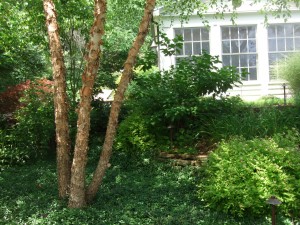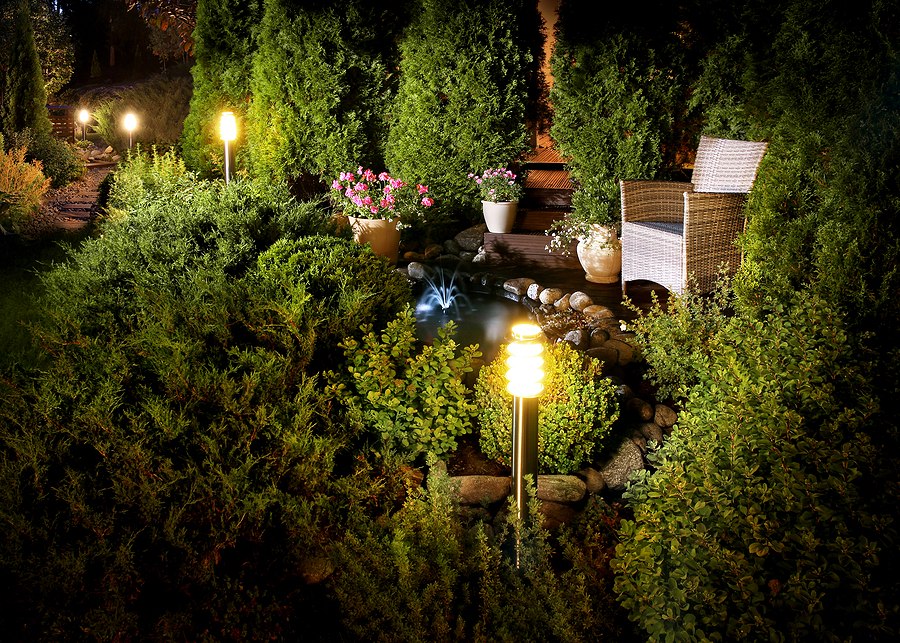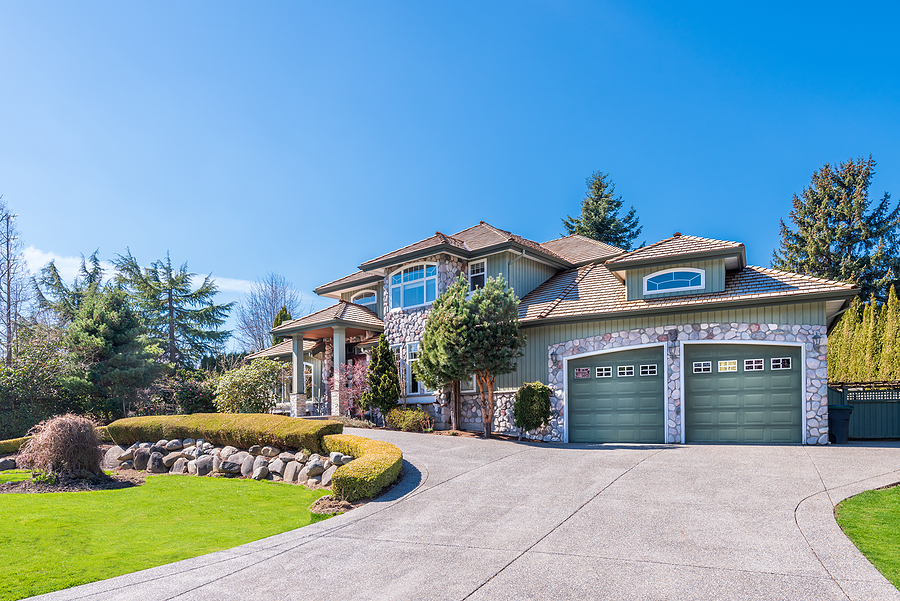Using a Custom Softscape as the Centerpiece of Your Yard
October 22, 2014
Because the word landscape covers a lot of ground, the words softscape and hardscape have been coined to focus on more specific aspects of outdoor styling. While hardscape refers to man-made and non-living components of landscaping, the softscape includes all the living features like trees, bushes, flowers, and even the turf itself. Softscapes not only add beauty to a home’s surroundings that hardscapes can’t do alone, the fact that they’re alive gives them a few extra capabilities that no yard should do without.
Counting Down The Benefits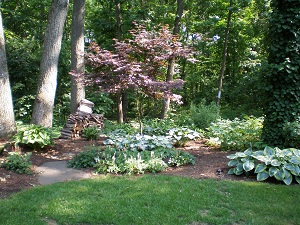
With their ability to grow, flower, and even bear fruit, plants can supply several benefits to the yard that no amount of stone, concrete, or wooden structures can accomplish. Here are some of the more important achievements.
1. Seasonally-relevant shade
2. Fresh Air
3. Wildlife Support
4. Food
Made In The Shade
Besides looking good in the yard, trees and shrubbery can perform a vital task in regulating the temperature of the house by providing shade at just the right times. Man-made structures can also shade parts of the home and the surrounding spaces but they’re severely limited in two ways. First, unlike trees, they can’t effectively cover the roof. Second, once a structure goes up, it’s there all year long. Vegetation, on the other hand, only creates shade when it’s leafed-out during its growing season. This is when the shade’s needed most. When winter comes, plants drop their leaves and let the sunshine in.
Breathe Deep
One of the first science lessons everyone learns in school is that every plant is an oxygen generator. In the process of performing this operation, they also act as air filters. Everything from mums to azaleas to tulips can remove harmful vapors like formaldehyde or benzene. Ironically, many of these air pollutants are by-products of hardscape materials like treated lumber and certain paints and varnishes. As an added bonus, flowering plants replace the filtered pollutants with sweet fragrances.
Nourishing Nature
The birds, bees, and butterflies are among the assorted wildlife that need the flowers and fruits of various decorative plants to survive. Alon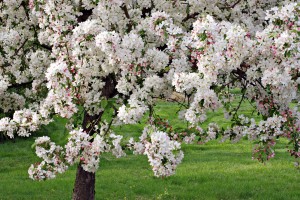 g with flowers supplying nectar to both insects and hummingbirds, many plants produce fruits that wildlife depend on to sustain them throughout the year. Crabapples and flowering cherries are great choices for fruit-eating birds. Oaks provides acorns for both squirrels and blue jays. Surprisingly, spruce and pines produce edible seeds for several species of birds. Also, trees and bushes, in general, are living quarters for all sorts of wildlife.
g with flowers supplying nectar to both insects and hummingbirds, many plants produce fruits that wildlife depend on to sustain them throughout the year. Crabapples and flowering cherries are great choices for fruit-eating birds. Oaks provides acorns for both squirrels and blue jays. Surprisingly, spruce and pines produce edible seeds for several species of birds. Also, trees and bushes, in general, are living quarters for all sorts of wildlife.
Backyard Cornucopia
Obviously, a softscape feature like a vegetable garden can be included to supply fresh produce. Even without this, though, plants like fruit and nut trees and shrubs can stand on their own to offer both visual appeal and healthy eating. It’s easy to forget that stately trees like pecans and walnuts have a practical as well as aesthetic side to them. Dwarf cherries, serviceberry shrubs, and highbush cranberries also make beautiful additions that provide delicious fruit as a bonus for both humans and birds.
